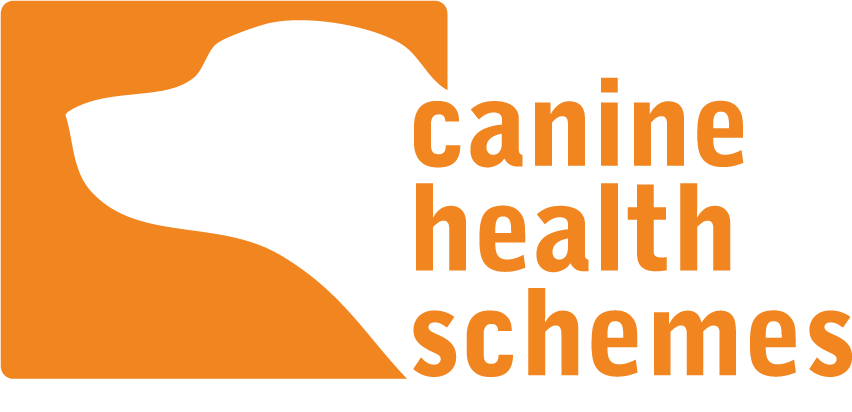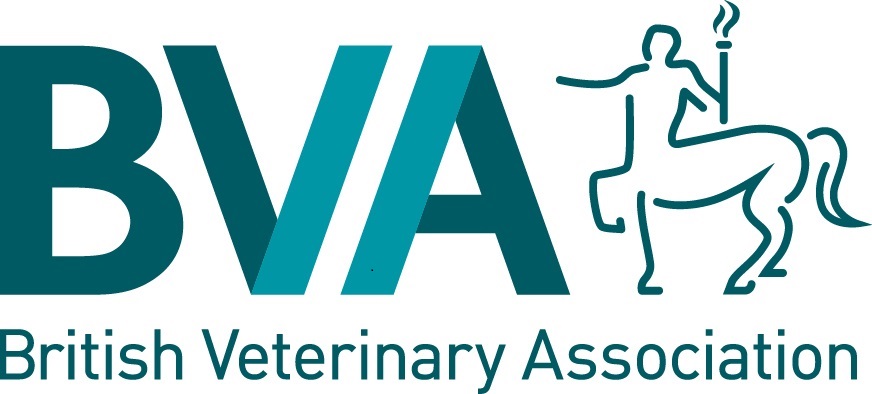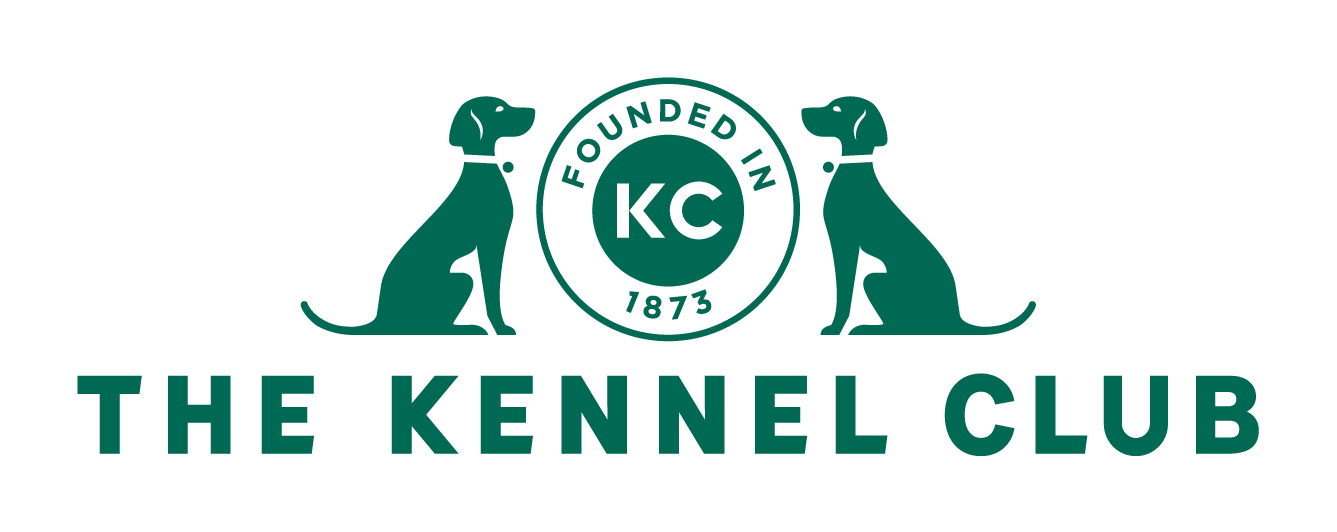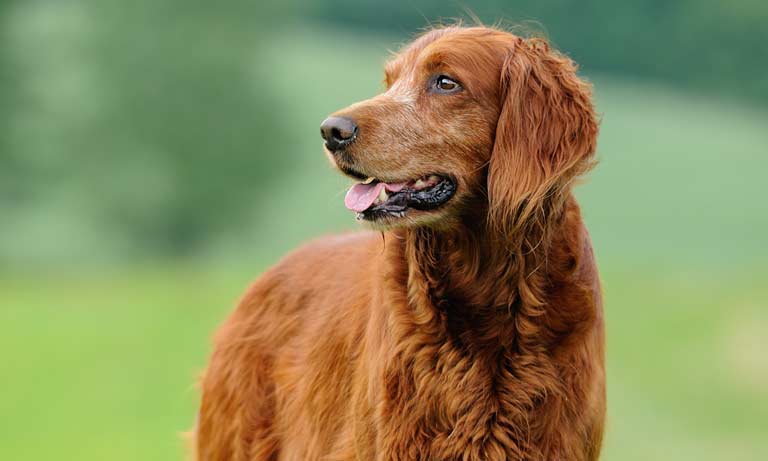Hip scheme
Working to reduce canine hip dysplasia across all breeds.
Working to reduce canine hip dysplasia across all breeds.



Many breeds of dog are at risk of developing a condition known as hip dysplasia. Hip dysplasia is a common inherited problem that means one or both of the hip joints develop abnormally.
Abnormalities in the hip joint will be present from a young age, and will change and worsen over time as the puppy starts to become more active. These changes can lead to excessive wear and tear of the joint, causing one or both hip joints to become defective. This can be painful and have serious effects on the health, behaviour and welfare of the dog.
It's important to screen for hip dysplasia so owners can engage in early, preventative care for their dog, and breeders can make informed decisions when deciding whether to breed from their dog.
Our scheme uses X-rays to screen for signs of abnormalities (irregular or poorly shaped hip joints) caused by hip dysplasia.
Once an X-ray has been taken by your vet, it is uploaded to our portal and checked by our team for quality control, and then sent to our panel of expert veterinary surgeons or "scrutineers". Our scrutineers work in pairs to assess your dog's hips and agree on a score. This score is then published online via the Health Test Results Finder on the Kennel Club website where applicable, and you will receive a digital certificate from your vet.

All pedigree and crossbred dogs can suffer from inherited diseases which are passed on from parent to puppy.
Health testing and screening allows owners and breeders to screen for inherited diseases, the results can then be used to help make sure that only healthy dogs are bred from. Responsible breeders should always health test the dogs they plan to use for breeding. To make sure you are buying a happy and healthy puppy, always ask to see the relevant health test results for both parents.
Some dogs whose parents and other related dogs have good hip scores may still have poor scores. This reflects the fact that hip dysplasia (HD) is a multifactorial diseases i.e. a number of other factors over and above genetic factors from the parents can be involved. Breeding from dogs with hip scores below the published breed means/medians reduces the incidence of disease but does not eliminate it completely.
Contact your local vet to enquire about X-rays and find out if they are registered with the CHS portal. You can then arrange an appointment for your dog to be X-rayed.
If your vet isn't currently registered on the portal, they can register here.
Before having your dog screened for hip dysplasia, please make sure you can meet the following requirements:
The dog must be at least 1 year old.
The dog must be permanently and uniquely identified by a microchip.
If applicable, the dog’s Kennel Club registration certificate and any related transfer certificates must be available so that the details can be printed on the X-rays.
The X-rays must be taken under anaesthesia or heavy sedation which means that the dog may have to be left for a short time at the veterinary practice. The type of drugs used will vary depending due to age, breed and history of the dog, and is generally a very safe procedure in healthy dogs. Hip X-rays can be taken at the same time as those for the Elbow Dysplasia Scheme. If you have any queries speak to your vet or read the Procedure Rules and Regulations explaining the requirements and procedure for X-ray (particularly Sections 6-8).
Once the X-rays have been taken, your vet will submit the details, X-rays, and fee to CHS.
A single submission to the Elbow Scheme starts from £80.10 (inc. VAT). Details of our fees and offers can be found on our Submissions Fees page. The BVA fee is in addition to the X-ray and other vet costs which may differ between practices. Please speak to your vet for a full breakdown of costs.
We have a one-week turnaround following payment for online submissions made on the CHS portal.
We are unable to fast-track any submissions or give preferential treatment to any practices or breed clubs.
Each hip joint is scored on nine parameters, generating a total score representing the severity of the condition. The lower the score the better. The minimum score for each hip is 0 and the maximum is 53, giving a range for the total score of 0 to 106.
The first 3 components are known as the Primary Changes. These are assessments of the conformation of the hip joint. The poorer the fit of the femoral head (“ball”) to the acetabulum (“socket”) the more dysplastic the hip, the lower the score, the less dysplastic the hip appears.
The second 6 components are known as the Secondary Changes. These are the assessments of the arthritic response to the underlying dysplasia in various parts of the joint. They are likely to increase as the dog ages and the arthritis progresses.
The lower the primary changes score, the less evidence of hip dysplasia there is, and the lower the total score, the less evidence of hip dysplasia and secondary osteoarthritis there is.
How to use hip scores in breeding
These scores are collected together and used to create breed-specific statistics, including an average (median) score across the breed. You can find out the median score of your dog's breed here.
CHS recommends only breeding dogs with hip scores below or close to the published breed medians. Where EBVs are available these should be used. It is also advised to take into account the hip scores of a dog's relatives.
Hip dysplasia affects a range of breeds including crossbreeds.
Common breeds at risk of hip dysplasia are:
Border Collie
Bernese Mountain Dog
German Shepherd
German Shorthaired Pointer
Golden Retriever
Goldendoodle
Hungarian Vizsla
Labrador Retriever
Labradoodle
Newfoundland
Rottweiler
Many other breeds suffer from hip dysplasia, visit the Kennel Club's Breeds A to Z page for more information.

The results will be uploaded to your vet's portal and passed on to you. We always recommend discussing the result with your vet.
If your dog is registered with the UK Kennel Club, the results will also be published on the Kennel Club website.
The schemes have a robust appeals process, which is open to any breeder or owner who disagrees with the score for their dog. The radiographs are re-evaluated by two further scrutineers who are unaware of the original score/grade and then reviewed by the Chief Scrutineer. The final appeal score is therefore based on the professional opinion of five scrutineers. Find out more about our process here.
We are always looking for new scrutineers to join our expert panel. If you are interested in becoming a scrutineer, please send an email detailing your interest and qualifications to [email protected].

We have a panel of ten scrutineers.
Every member of our panel is a veterinary surgeon with advanced professional qualifications in veterinary radiology and/or orthopaedics. They are extremely experienced in the assessment of hip and elbow X-rays, scoring and grading over 16,000 each year.
Visit our CHS help centre to see answers to frequently asked questions.
If you can't find your answer there, you can contact our expert in-house CHS team via email: [email protected]
Our comprehensive visual how-to-guide for radiographic positioning for the Hip Dysplasia Canine Health Scheme.